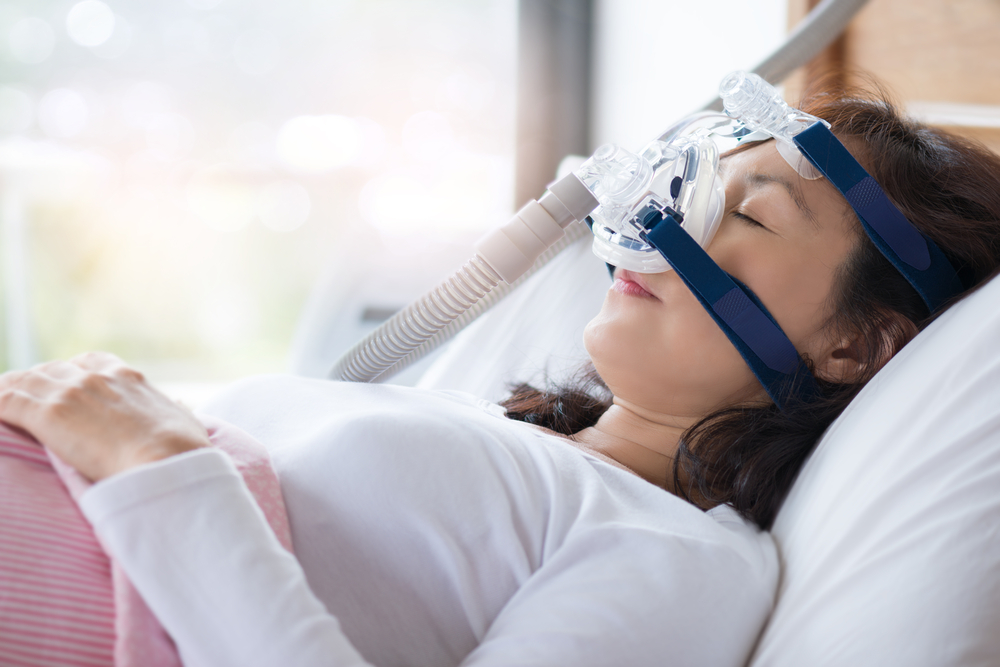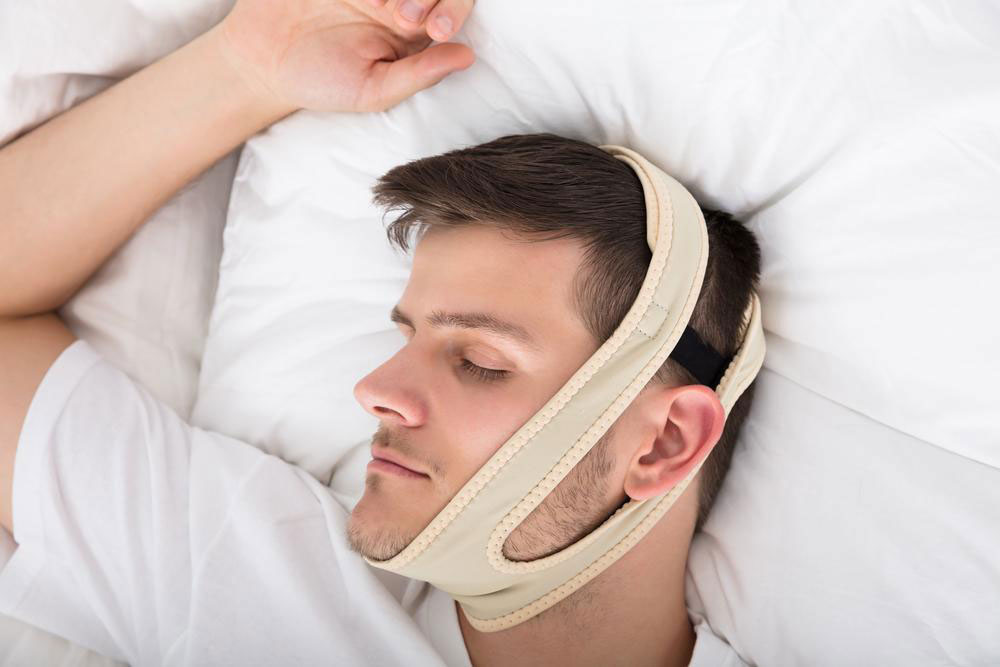Comprehensive Guide to CPAP Equipment Care and Maintenance
This comprehensive guide provides detailed insights into maintaining CPAP equipment, including filter types, cleaning routines, and best practices to ensure effective therapy and device longevity. Proper maintenance of CPAP supplies enhances sleep quality and safety for users. The article emphasizes the importance of routine care and professional servicing, making it essential reading for anyone relying on CPAP therapy for sleep apnea management.

Essential Insights Into CPAP Supplies and Proper Upkeep
For individuals managing sleep disorders such as sleep apnea, a Continuous Positive Airway Pressure (CPAP) device often becomes a vital part of their nightly routine. While acquiring a CPAP machine marks a significant step toward improving sleep quality and overall health, understanding how to properly maintain its components is equally important. Regular maintenance and timely replacement of CPAP supplies are critical to ensure the device operates effectively, safely, and efficiently. These supplies are readily available at medical stores and online outlets, making it easier for users to keep their devices in top condition. This guide aims to answer common questions about CPAP supplies, their types, and maintenance practices.
What Types of Filters Are Used in CPAP Devices?
CPAP machines utilize various filters to ensure the air delivered is clean and safe for breathing. The primary filters include washable foam filters and disposable paper filters. Washable foam filters are designed to trap larger particles and debris and can be cleaned and reused multiple times, making them a cost-effective option for users. Disposable paper filters, on the other hand, are primarily used to filter out smaller particles and need replacing every few months to ensure optimal air quality. Many users also opt for bacteria filters, which serve to eliminate airborne bacteria, mold spores, and other microorganisms, providing an extra layer of protection and ensuring sleep safety, especially for users with compromised immune systems.
Are Foam Filters Reusable?
Yes, foam filters are designed to be reusable. They can be cleaned thoroughly with mild soap and water to remove accumulated dust, pollen, and other debris. Proper cleaning extends the lifespan of the filter and maintains the efficiency of the device. However, even with regular cleaning, foam filters typically need to be replaced approximately every three months, as they gradually trap more particles over time, which can reduce airflow and filtration efficiency. Replacing filters as recommended ensures your CPAP machine operates smoothly and maintains optimal air quality.
What Maintenance Steps Are Necessary for a CPAP Machine?
Proper maintenance of a CPAP machine involves more than just replacing filters. Regular cleaning of the device’s external parts and internal components is essential for hygiene and performance. The humidifier chamber, which adds moisture to the airflow, should be cleaned daily with mild soap and thoroughly rinsed to prevent mold and bacteria buildup. Ensuring the water reservoir is filled with fresh, distilled water each night is crucial to prevent mineral deposits and bacteria growth. Additionally, the air tubing should be checked for cracks or blockages and replaced if necessary. Regular inspection of the device for signs of wear or damage can prevent unexpected breakdowns.
It’s also recommended to schedule periodic professional servicing to ensure that all parts operate correctly. Many manufacturers advise users to have their devices checked annually or as needed by trained technicians. Proper maintenance not only prolongs the lifespan of your CPAP machine but also ensures it functions as intended, providing consistent and effective therapy.
How to Properly Care for CPAP Masks?
Since CPAP masks are in direct contact with the face and respiratory pathways, maintaining their cleanliness is paramount. Masks should be washed daily using mild soap or a gentle, pH-balanced cleaner specifically designed for CPAP masks. Using harsh chemicals or abrasive cleaning tools can damage mask materials and compromise hygiene. After washing, masks should be thoroughly rinsed and allowed to air dry in a clean, dust-free area. Regular cleaning not only helps prevent skin irritation and infections but also extends the lifespan of the mask, saving money in the long run. Additionally, inspect masks for wear and tear, such as cracks or stretched straps, and replace them as necessary to ensure a proper fit and effective seal.
In conclusion, maintaining your CPAP equipment involves regular cleaning, timely replacement of filters and masks, and periodic professional inspections. Always follow manufacturer instructions and consult your healthcare provider for personalized advice. Proper care ensures your device delivers optimal performance and supports your journey toward better sleep health and overall well-being.





